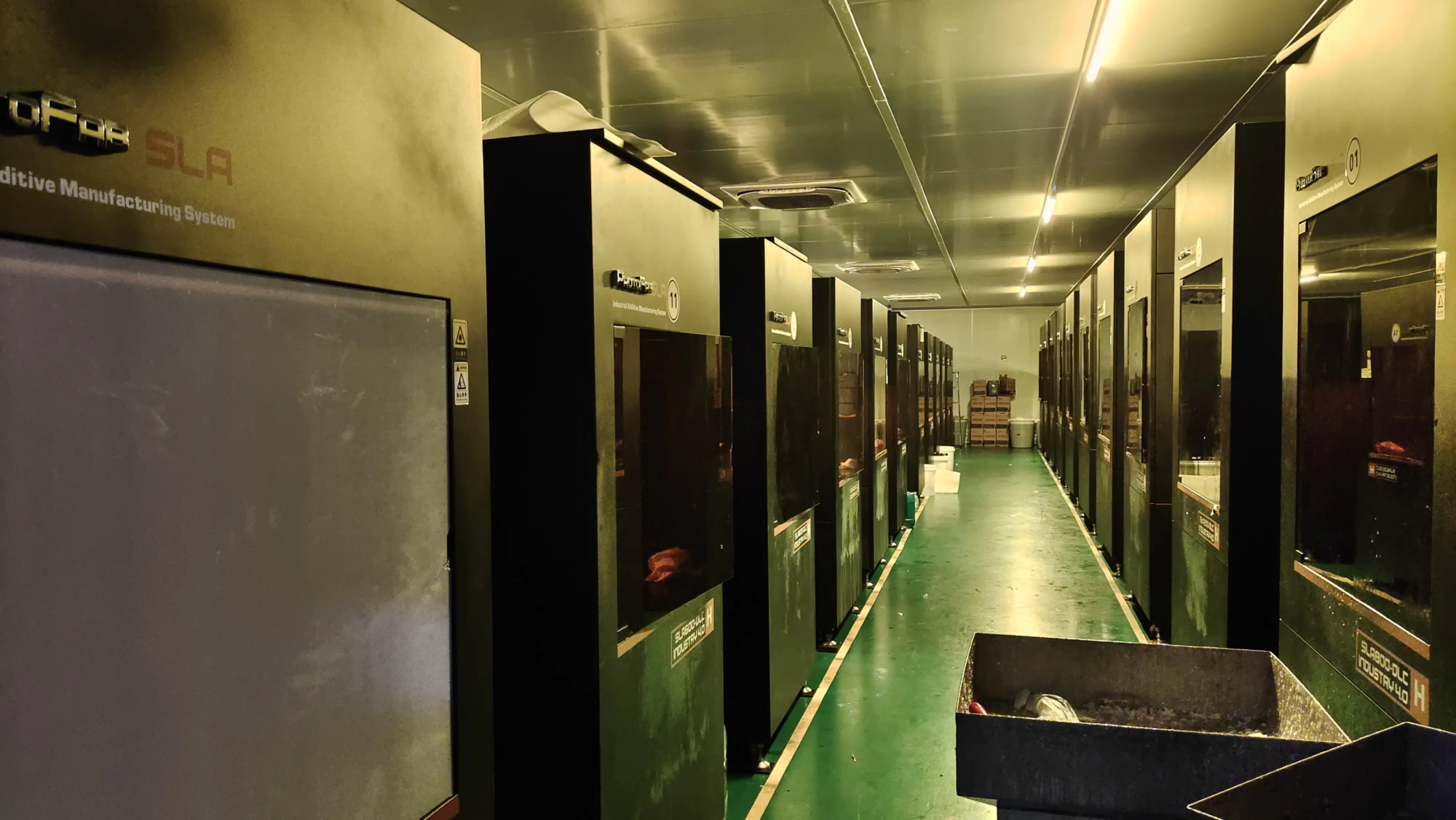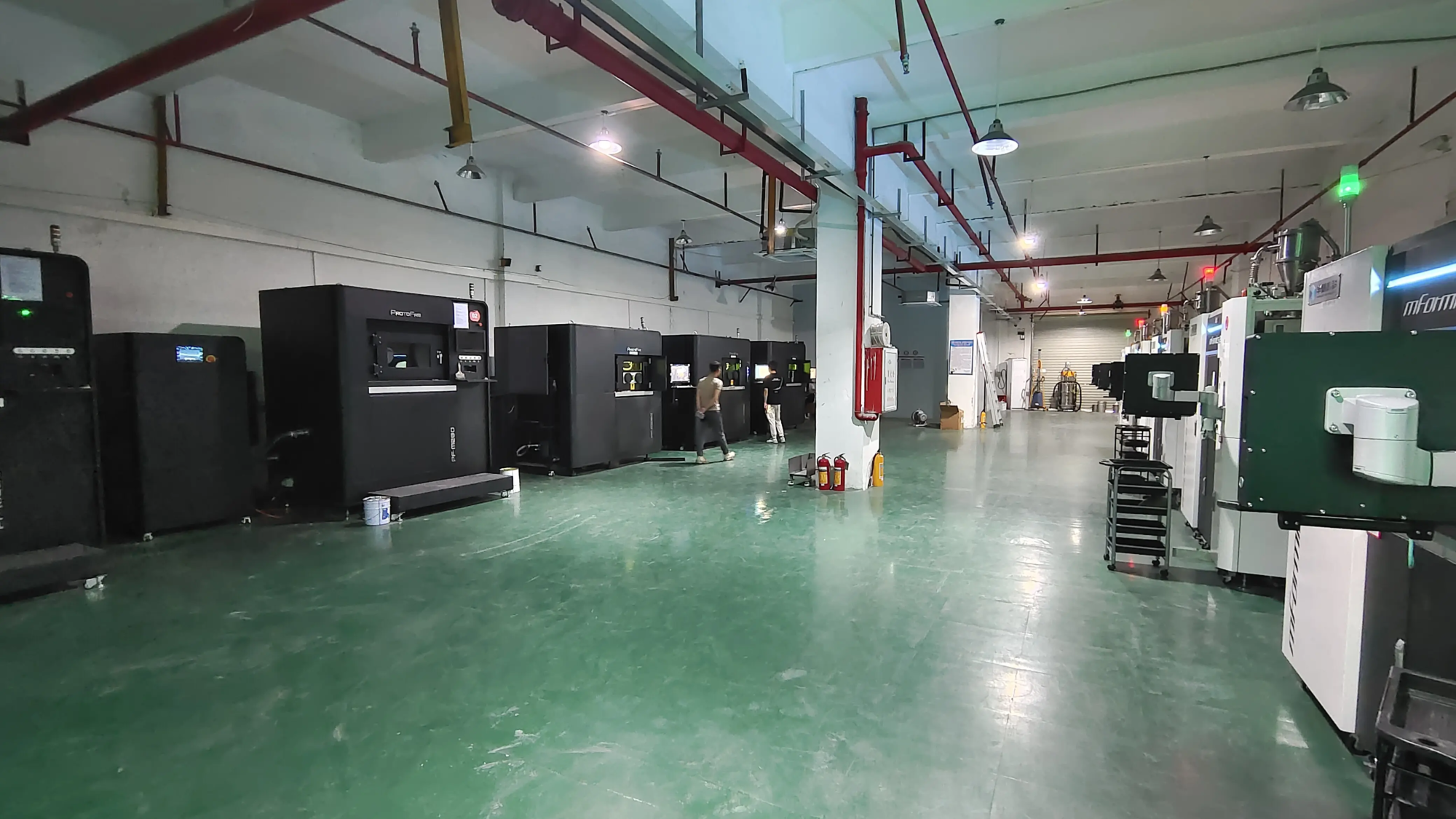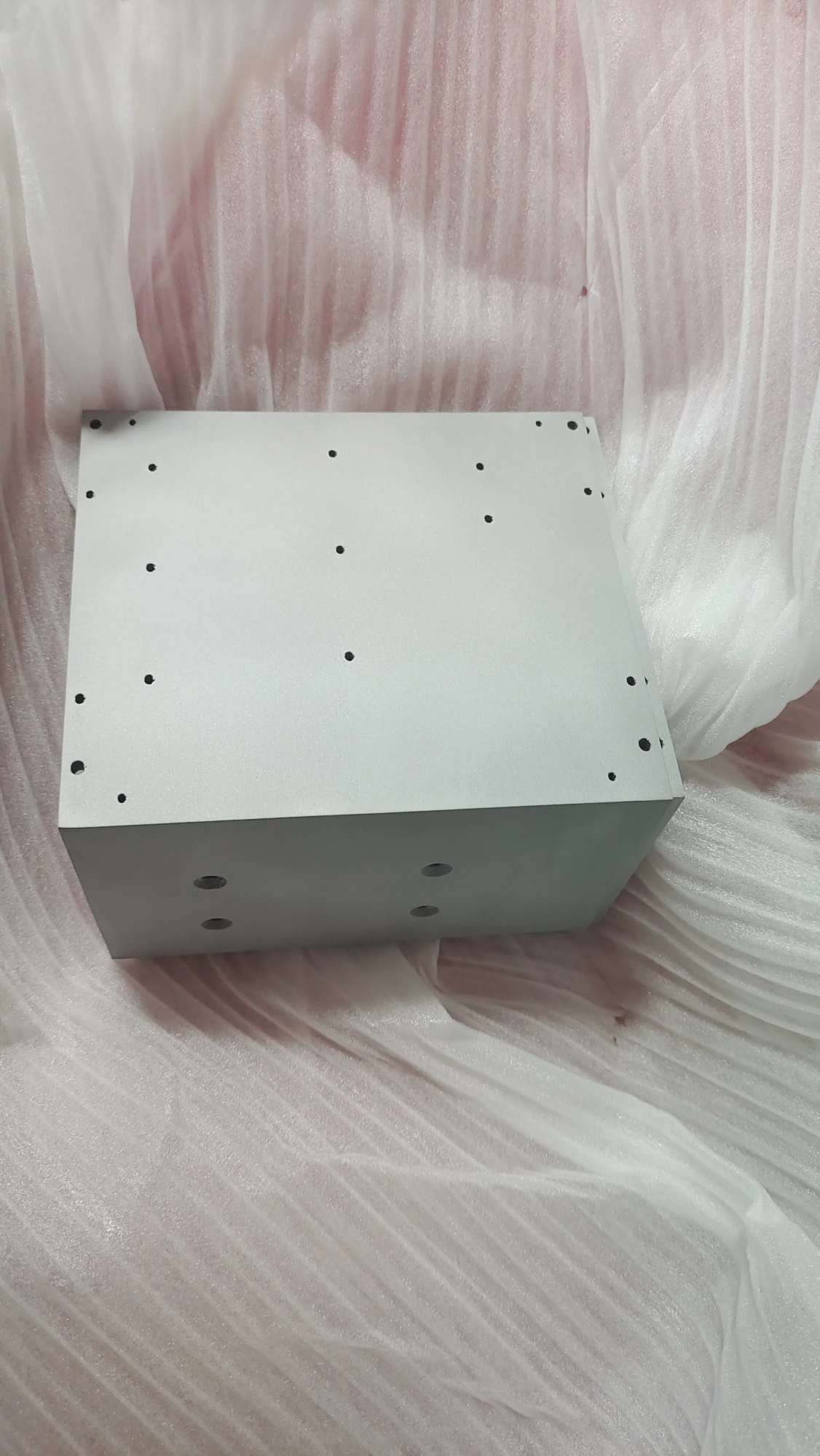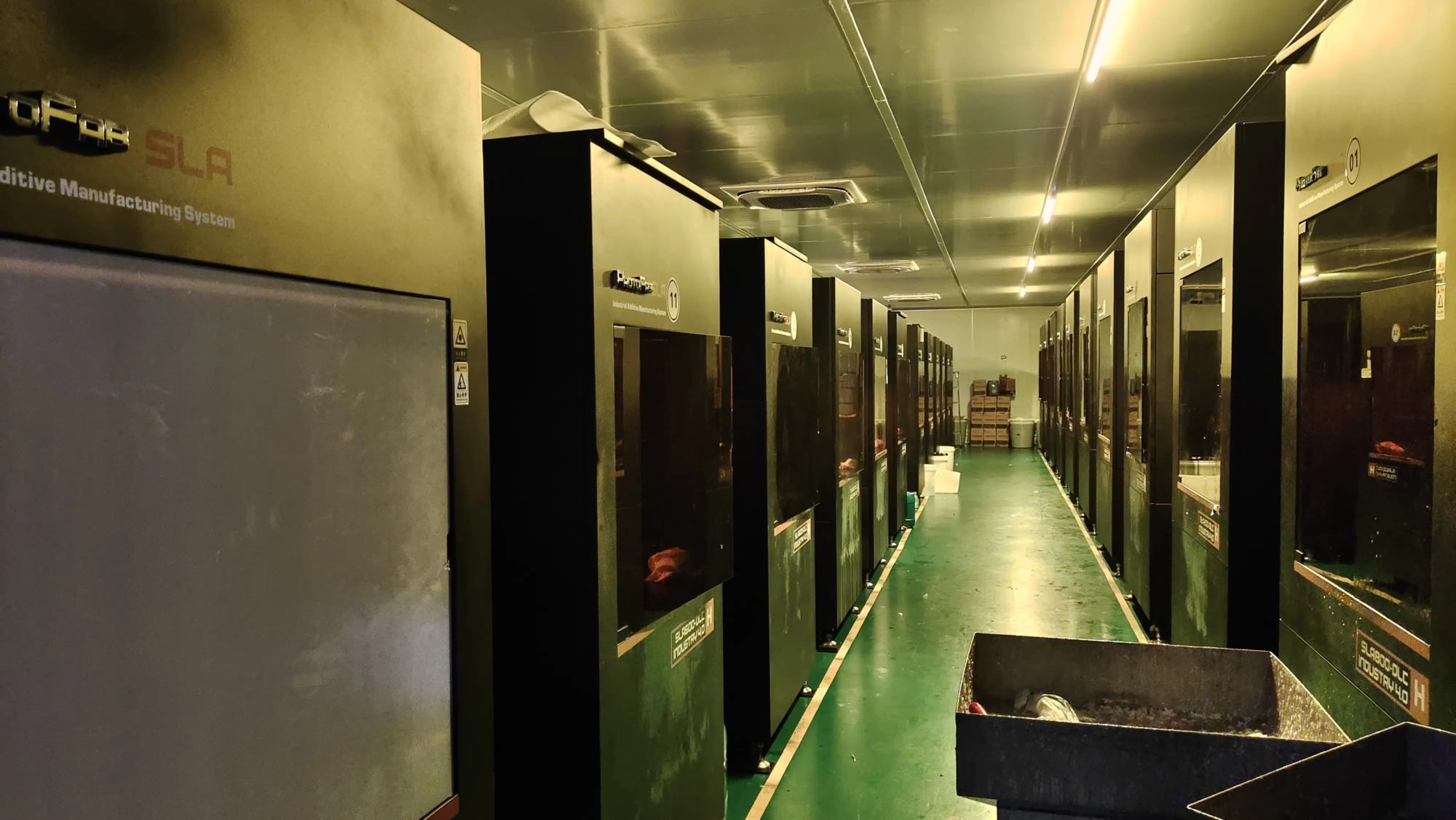Expand the possibilities: Your expert guide to 3D printing of infinite cubes
In the fascinating realm of 3D printing, some objects are more imaginative than others. Infinite cubes are a fascinating geometric puzzle that can be endlessly flipped and folded. It’s more than just an annoying toy. It is a conversation starter, a showcase of mechanical creativity, and the perfect project to showcase the capabilities of amateurs and professional additive manufacturing. This guide delves into the world of 3D printing your own infinite cubes, covering the nuances of design, the best printing strategies, expert assembly tips, and the transformative power of professional post-processing.
More than just a toy: the charm of infinite cubes
The core of the Infinity Cube is composed of eight smaller cubes, each connected to three neighbors through a cleverly designed hinge. This causes the entire structure to fold continuously along multiple axes, resulting in the illusion of infinite transformation – thus. Apart from its hypnotic movements, the 3D-printed Infinity Cube is a great project because:
- Accessible complexity: The design uses basic geometric principles (mainly small cubes and interlocking joints), but assembles it into a surprisingly complex dynamic sculpture.
- Educational Value: It teaches spatial reasoning, basic kinematics, and the importance of clearance and tolerance in 3D printing.
- Printability: Well designed, it requires minimal support material and can print efficiently even an entry-level printer.
- Custom: Endless variations are possible – size, fill patterns, embedded designs, and material choices can greatly change its appearance and feel.
Engineering Perfect Folding: Key Design Notes
The magic of Infinity Cube is its hinge. A poorly designed hinge is either too loose (causing instability) or too tight (preventing movement). Here is what makes professional-grade design unique:
- Joint geometry: Crucially, the hinge must allow for nearly no rotation within the precise range of motion (usually 90 degrees). Common designs use cylindrical pins, suitable for round sockets or special shapes "Living hinges" Print directly into plastic. The choice depends on the material and the required durability.
- The tolerance is the king: This is where precision manufacturing is. Components require space (gap) to move freely without combining. Too little cleared, the cube grabbed; too much, it became trembling. The standard starting point may be the 0.2mm gap of plastic parts, but varies with material shrinkage and printer accuracy.
- Connection strength: Small parts connecting the group must withstand repeated folding stress. Enough wall thickness, robust joint design and strong layer adhesion are crucial for life.
- Dimensions and fills: Cube size affects printing time and processing experience. The smaller cube (50mm in total) is a great tantrum; the larger (100mm+) becomes an impressive display piece. Fill density (usually 15-30%) balance strength and weight – expect rough treatment, lower desktop monitors.
Manufacturer’s Journey: Printing and Assembly Best Practices
- Find the right design: Platforms like Thingiverse, Printables, and Cults3D offer many infinite cube models. Look for designs with good reviews, clear assembly instructions and the size of your printer.
- Materials Important:
- PLA: First choice. Easy to print, rigid, with endless colors. Great for prototypes and casual games. Wearing may occur Wide Use on hinges.
- PETG: Slightly stronger, more durable at hinge points and more heat resistant than PLA. Excellent choice for frequently processed cubes. Printing can be a little tricky.
- ABS: More influential than PLA, but requires a heating chamber for best results and good ventilation due to smoke. If the printing is good, it can be durable for long-term.
- Nylon (PA): Excellent toughness and wear resistance make it ideal for high-use hinges. Special printer settings (high temperature, dry wire, hot housing) are required.
- Resin (SLA/DLP): Produce incredibly smooth and detailed parts, perfect for complex decorative cubes. Resin is brittler than thin filaments. Flexible resins are the choice for durability. Thorough curing is essential.
- Skilled slices:
- direction: Oriental cube fragments, so the hinge and critical mating surfaces are not damaged by support.
- support: Minimum support is only used when absolutely necessary. Fixed hinge designs usually require small support in Pin hole drapes. It is usually necessary to automatically generate support in the gaps around the hinge connection. It is easier to remove using trees or organic support measures.
- Layer height: Smaller layer heights (0.1-0.15mm) improve surface finish and reduce visible layer lines at critical motion interfaces, but increase printing time. Balance (0.2mm) is usually enough.
- Fill pattern and density: Choose wisely (e.g., cube, capability, grid).
- Walls/Around: Ensure sufficient outer wall (2-4) to achieve structural integrity. More walls can also help achieve tighter dimensional tolerances on mating surfaces.
- Initial layer: Perfect adhesion is essential for small parts. Carefully level the bed and ensure a good bed.
- Printing speed: Medium speed (40-60mm/s) for optimal dimensional accuracy and surface details. The first layer and overhang/small details are greatly slowed down.
- Arrangement Art:
- First, stem fit: First assemble glue/pin to test assembly and movement. Determine any binding points.
- Staining is your friend: If the removal is insufficient, light sand hinge pins and holes. Step by step – It’s easy to remove too much material. Use fine sandpaper.
- lubricating: one small If squeaking or friction occurs, the silicone-based dry lubricating dose can greatly improve movement. Avoid degrading petroleum-based lubricants that are oil-based to degrade plastics.
- Pin Installation: For designs that use pins (such as wire blocks or metal rods), make sure they are clean and cut firmly, but not difficult to deform the plastic. A small pinch of Ca glue (optional) can hold the pins if needed, but first thoroughly test it.
- patience: To get a completely smooth movement may require some gentle persuasion and fine-tuning. Don’t force it.
Enhance your cube: the power of professional post-processing
Hobbyist printing brings you the core structure, but professional finishing turns infinite cubes into advanced objects. This is what the company likes Great Excel. Specialized research Advanced Selective Laser Melting (SLM) Metal 3D Printing In addition, Greatlight provides features to enhance your project:
- Fundamental material conversion: Imagine a sturdy infinite cube Stainless steellight Aluminum alloydurable titanium,even copperSLM prints offer incredible strength, thermal/conductivity (for copper), and a premium feel that goes far beyond standard plastics. Greatlight’s expertise ensures that these complex hinge geometries are successfully printed in metal.
- Expert accurate: For perfect movement and long-lasting durability, careful attention to post-processing is crucial. Provided by Greghime Professional service completion include:
- Heat treatment: Relieve internal stress on metal parts, thereby enhancing strength and stability.
- Precision machining: Using the CNC method, a smooth, game-free hinge can be achieved compared to the smooth hinge on the bed.
- Surface reinforcement: Smoothing with professional tumbling, vibrating finishes or specialized polishing for a near-trial effect. Professional bead blasting uniform matte texture. Like exquisite paint Anodizing (especially vibrant on aluminum/titanium), plating (Chrome, Nickel, Gold), Nitrificationor PVD coating For amazing aesthetics, enhanced wear resistance or improved corrosion protection.
- One-stop excellence: Simplify your project. Greatlight handles everything High-precision rapid prototyping of metal components (Quick!) Use state-of-the-art SLM equipment until the final finished assembly parts. This expertise solves Rapid prototyping of metal parts – Achieve complex geometric shapes directly in metal with precise moving fit.
- Custom flexibility: Most materials are available. Need a specific alloy? Exact coating? An unusual dimension? Greatlight specializes in custom requirements to work with you to achieve your vision.
Conclusion: From prototype to perfection
3D Printing Infinity Cube is a meaningful project that integrates geometric beauty with mechanical functions. Correct attention is required to design, tolerances, material selection, print settings and careful assembly. Whether you are making unique irritating tools on a desktop printer or dreaming of custom metal wonders, precise principles are still crucial.
For those seeking to transcend beyond FDM or resin, pushing durable, conductive or truly quality metal cubes into the field, working with professional rapid prototyping experts can unlock unrivaled potential. Great Combined with tip SLM 3D printing technology With deep knowledge of materials science and comprehensive service. This synergy provides the precision, strength, and aesthetic skills needed to transform the Infinity Cube concept from a fun puzzle to a truly extraordinary piece of functional art. Regardless of your ambitions, the journey to create your own Infinity Cube proves the magic of 3D printing and its ability to turn imagination into tangible, endlessly folding reality.
FAQ: Your Infinite Cube Question Answer
Q1: Why is my Infinity Cube not mobile? What am I doing wrong?
Answer: The deadlock usually stems from the issue of tolerance. The most common culprits:
- Excessive filaments (exudes, strings) in hinge bags or pin holes.
- Insufficient gaps between the hinge components (often required ~0.2mm+).
- Lack of support causes the hinge socket to pass or sag.
- Excessive repulsion makes the parts slightly larger than the design.
- Trapped debris during assembly.
- Solution: Double-check the hub parts. Clean up any debris/residues. Gently polish the surfaces that rub together. If the design clearance seems too tight, add parts carefully to the model.
Q2: Can I 3D print an infinite cube that does not require assembly directly?
A: Although advanced design exists ("Life hinges" variants), they are generally less durable and fight against the complex multi-axis folds required for a true infinite cube. Over time, printing individual cubes and hinges produces stronger joints and more reliable movement. Specialized hinges (printed pins/fine screws) are generally superior.
Question 3: I’m making a very large infinite cube. Do I need solid filling?
A: Solid fillers add significant weight and use more material/time. For large displays, structural integrity and preventing elasticity at the hinge are key. Use powerful patterns of energy or cubes to achieve a fill density of 25-40%. Greatly increase the number of surroundings/walls (4-6) to create a strong shell structure around the hinge. Solid filling The only one The key hinge connection points within small dots can sometimes be a lighter tradeoff.
Q4: My infinite cube feels too loose/shaking. How do I tighten it?
A: Swing usually points to excessive clearance on the hinge, which can be aggravated by overall bending in large blocks.
- Increasing the wall count/periphery will enhance the structure.
- A slight increase in fill density (e.g., from 20% to 25-30%) increases stiffness.
- If possible, the hinge has been redesigned to minimize and functionally clear.
- In a fixed design, ensure the pin fits; one Tiny Compatible glue (if plastic on plastic) fills the microscopic gap (very cautious!).
Q5: Why choose a professional metal 3D printing service, such as Infinity Cube’s Greatlight?
A: Greatlight provides features that are impossible for most home settings:
- Superior materials: Create cubes from stainless steel, aluminum, titanium, copper, and more for unparalleled durability, weight characteristics or unique conductivity (copper).
- SLM Accuracy: Obtaining complex hinge geometry and tight tolerances (~+/- 0.1mm) is essential for smooth motion in metal.
- Professionally completed: Change the original metal surface with bead blasting, high gloss, vibrant anodization, wear resistance or specialized coatings – truly high-quality pieces are created.
- Complexity and power: Build an integral or highly complex hollow structure using reinforced hinges that cannot be achieved by FDM or resin.
- Expertise and quality assurance: Utilize deep knowledge of metal parts production and post-treatment for perfect end results. Ideal for prototypes, engineering samples or custom high-end works of art.
Customize your precision fast prototyping parts now at the best prices! Connect with Greatlime to explore the possibilities of your next project, whether it’s the extraordinary Infinity Cube or any complex feature prototype that requires the highest standards.





